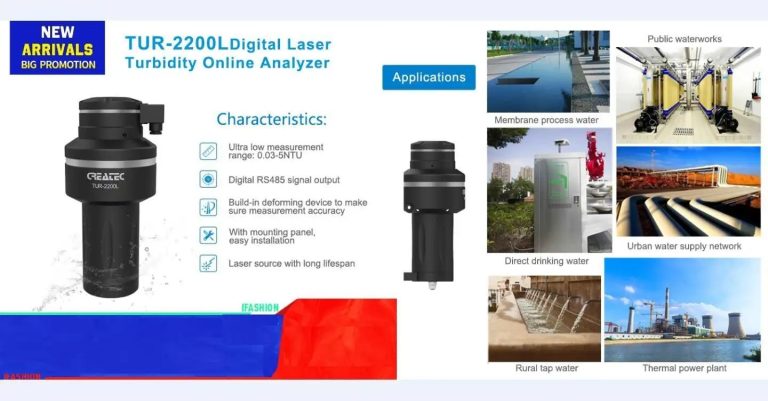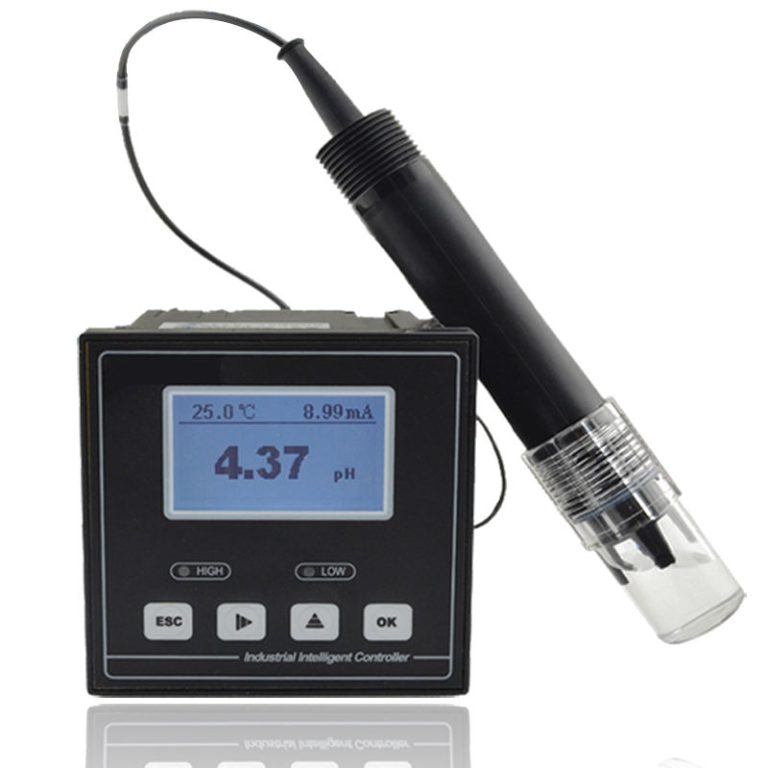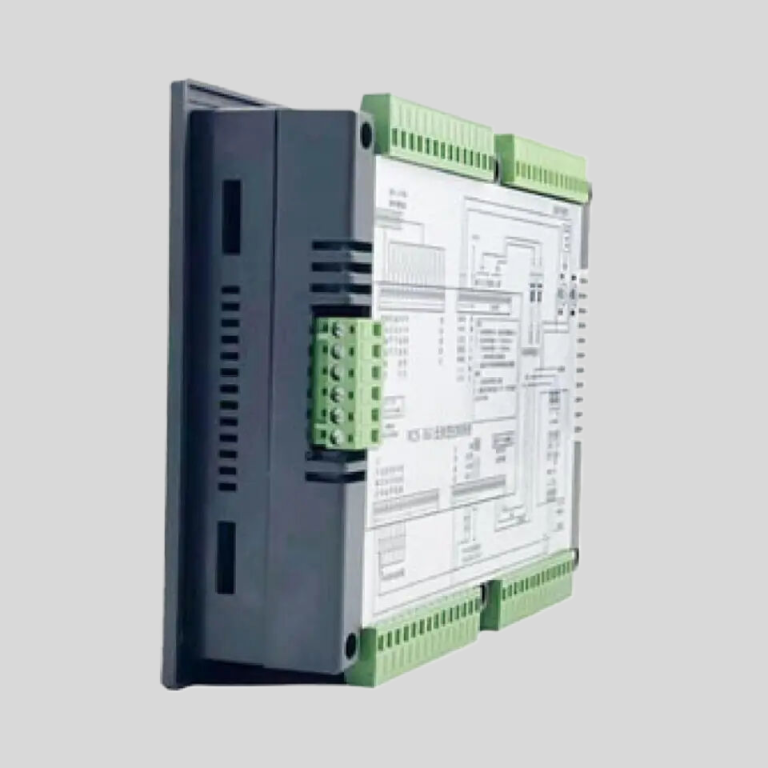The Purity of Reverse Osmosis Water
Reverse osmosis water has gained popularity in recent years as a clean and pure drinking water option. But just how pure is reverse osmosis water? In order to answer this question, it is important to understand the process of reverse osmosis and how it compares to other water purification methods.
| Model | EC-1800 online conductivity controller |
| Range | 0-2000/4000uS/cm 0-20/200mS/cm |
| 0-1000/2000PPM | |
| Accuracy | 1.5%, 2%, 3%(FS) |
| Temp. Comp. | Automatic temperature compensation based on 25℃ |
| Oper. Temp. | Normal 0~50℃; High temp 0~120℃ |
| Sensor | C=0.1/1.0/10.0cm-1 |
| Display | 128*64 LCD Screen |
| Communication | 4-20mA output/2-10V/1-5V/RS485 |
| Output | High/Low limit dual relay control |
| Power | AC 220V±10% 50/60Hz or AC 110V±10% 50/60Hz or DC24V/0.5A |
| Working Environment | Ambient temperature:0~50℃ |
| Relative humidity≤85% | |
| Dimensions | 96×96×100mm(H×W×L) |
| Hole Size | 92×92mm(H×W) |
| Installation Mode | Embedded |
Reverse osmosis is a water purification process that uses a semipermeable membrane to remove contaminants from water. The process works by applying pressure to the water, forcing it through the membrane and leaving behind impurities such as bacteria, viruses, and chemicals. This results in water that is free from most contaminants, making it safe and clean to drink.
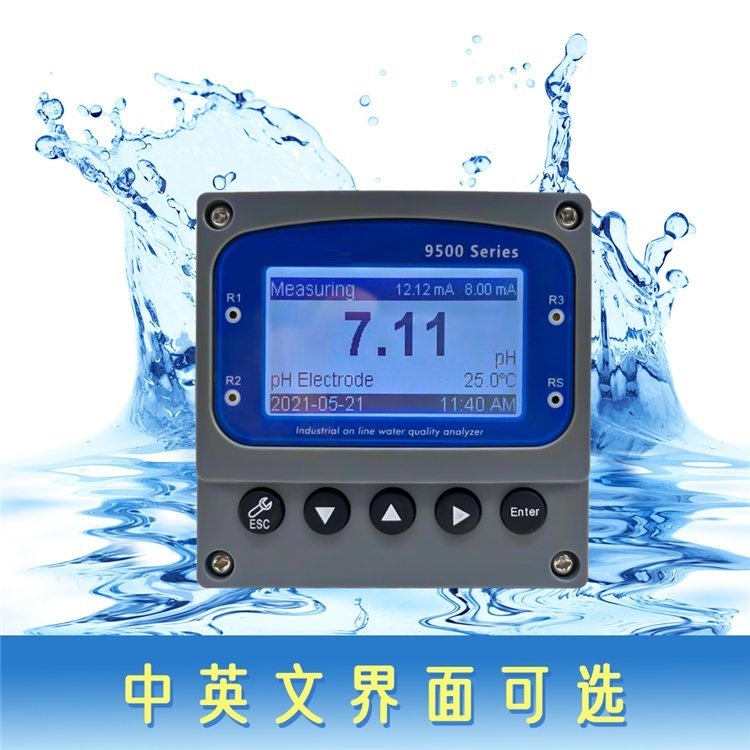
One of the key benefits of reverse osmosis water is its purity. The process is highly effective at removing a wide range of contaminants, including heavy metals, pesticides, and pharmaceuticals. This makes reverse osmosis water one of the cleanest and safest drinking water options available.
In comparison to other water purification methods, reverse osmosis is considered one of the most effective at removing contaminants. While other methods such as carbon filtration and distillation can also remove impurities from water, reverse osmosis is able to remove a wider range of contaminants, making it a popular choice for those looking for clean and pure drinking water.
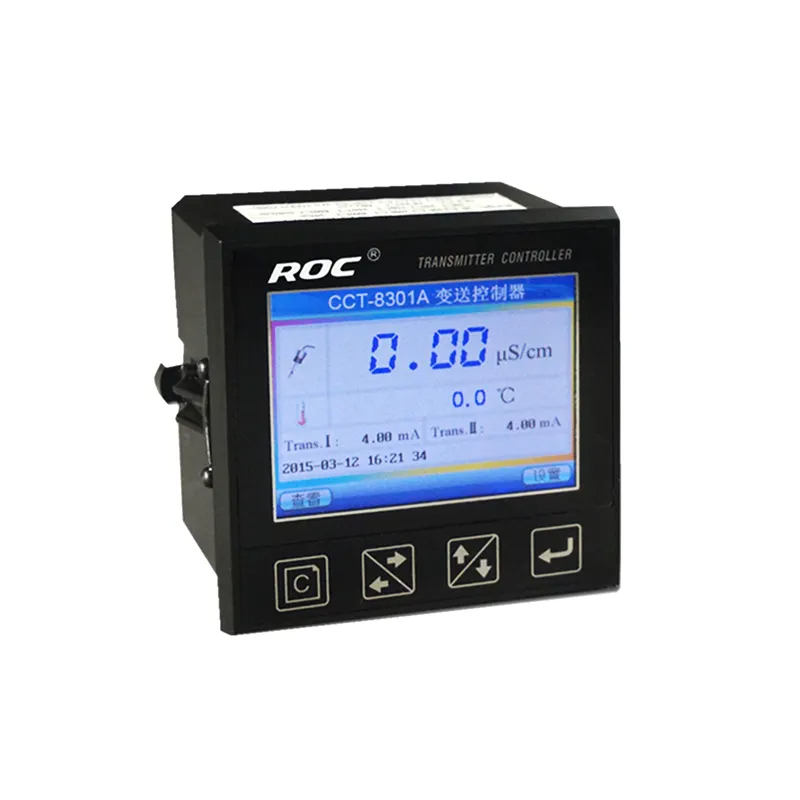
However, it is important to note that reverse osmosis water is not completely pure. While the process is highly effective at removing contaminants, it is not able to remove all impurities from water. Some minerals and trace elements may still be present in reverse osmosis water, although in much lower concentrations than in untreated water.
Additionally, some critics of reverse osmosis water argue that the process removes beneficial minerals from water along with contaminants. While it is true that reverse osmosis can remove minerals such as calcium and magnesium from water, these minerals can easily be obtained through a balanced diet and are not essential for hydration.
Despite these criticisms, reverse osmosis water remains a popular choice for those looking for clean and pure drinking water. The process is highly effective at removing contaminants and providing safe drinking water for consumers. Additionally, reverse osmosis systems are relatively easy to install and maintain, making them a convenient option for many households.
| Model | EC-1800 online conductivity controller |
| Range | 0-2000/4000uS/cm 0-20/200mS/cm |
| 0-1000/2000PPM | |
| Accuracy | 1.5%, 2%, 3%(FS) |
| Temp. Comp. | Automatic temperature compensation based on 25℃ |
| Oper. Temp. | Normal 0~50℃; High temp 0~120℃ |
| Sensor | C=0.1/1.0/10.0cm-1 |
| Display | 128*64 LCD Screen |
| Communication | 4-20mA output/2-10V/1-5V/RS485 |
| Output | High/Low limit dual relay control |
| Power | AC 220V±10% 50/60Hz or AC 110V±10% 50/60Hz or DC24V/0.5A |
| Working Environment | Ambient temperature:0~50℃ |
| Relative humidity≤85% | |
| Dimensions | 96×96×100mm(H×W×L) |
| Hole Size | 92×92mm(H×W) |
| Installation Mode | Embedded |
In conclusion, reverse osmosis water is a highly pure and clean drinking water option. The process is effective at removing a wide range of contaminants, making it a popular choice for those looking for safe and clean drinking water. While it may not be completely pure, reverse osmosis water is one of the cleanest and safest options available on the market today.

